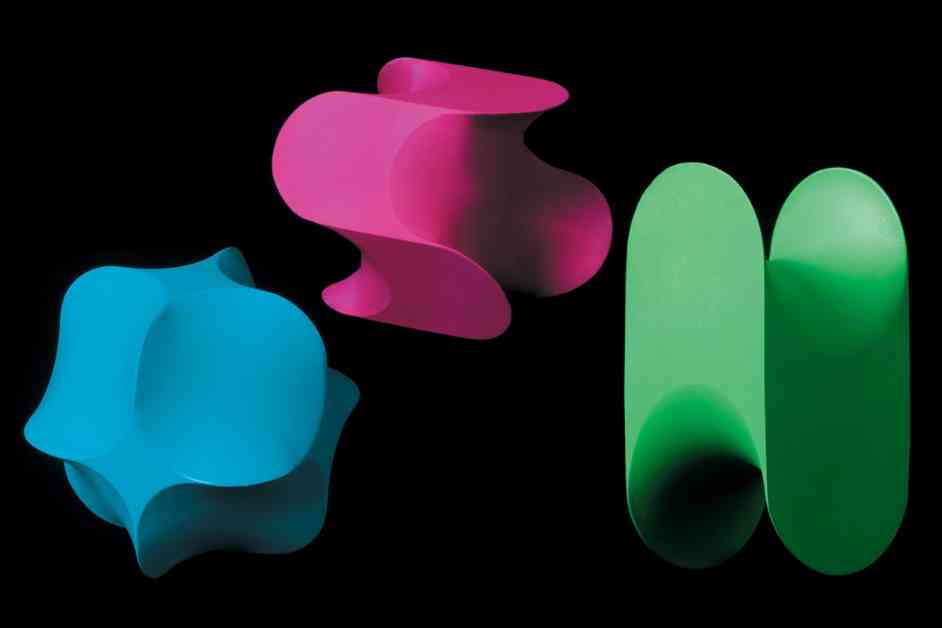Gábor Domokos, a mathematician, posed a simple question about the geometry of tilings, wondering how few corners a shape can have and still tile a surface without gaps or overlaps. This question led him and his team to discover a new type of shape called “soft cells,” which have as few as two corners in 2D and none in 3D. The team’s findings were published in the journal PNAS Nexus.
Soft cells, although not previously categorized by mathematicians, are abundant in nature, art, and architecture. Krisztina Regős, Domokos’s graduate student, discovered the first natural 3D soft cell in the chambers of a nautilus shell. These shapes had been overlooked despite their presence in everyday objects such as zebra stripes and the architecture of Zaha Hadid.
The team’s exploration of 3D soft cells led to the identification of various shapes resembling the soft cells in nature and art, including in ammonite shells and architectural designs. The discovery of soft cells opens up new mathematical questions and provides a useful vocabulary for studying soft shapes. The link between the mathematics of soft cells and biology remains a visual observation for now, but further exploration could lead to a deeper understanding of soft matter in the natural world.
The research on soft cells challenges traditional disciplinary boundaries and offers a glimpse into the future of mathematics, art, and biology. The implications of soft cells may extend beyond the current understanding and impact future scientific discoveries in various fields. This groundbreaking work represents a significant step in unraveling the mysteries of soft geometry and its prevalence in the world around us.










